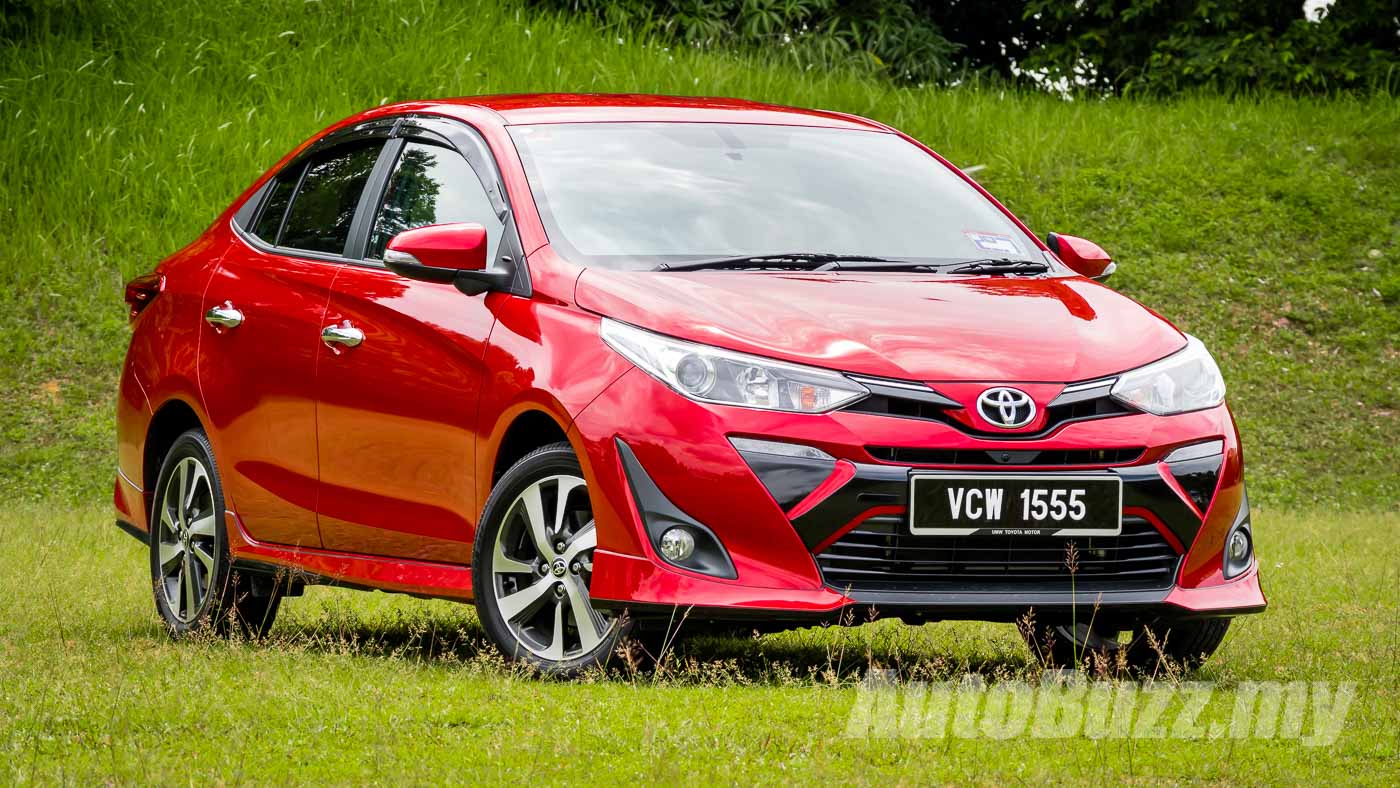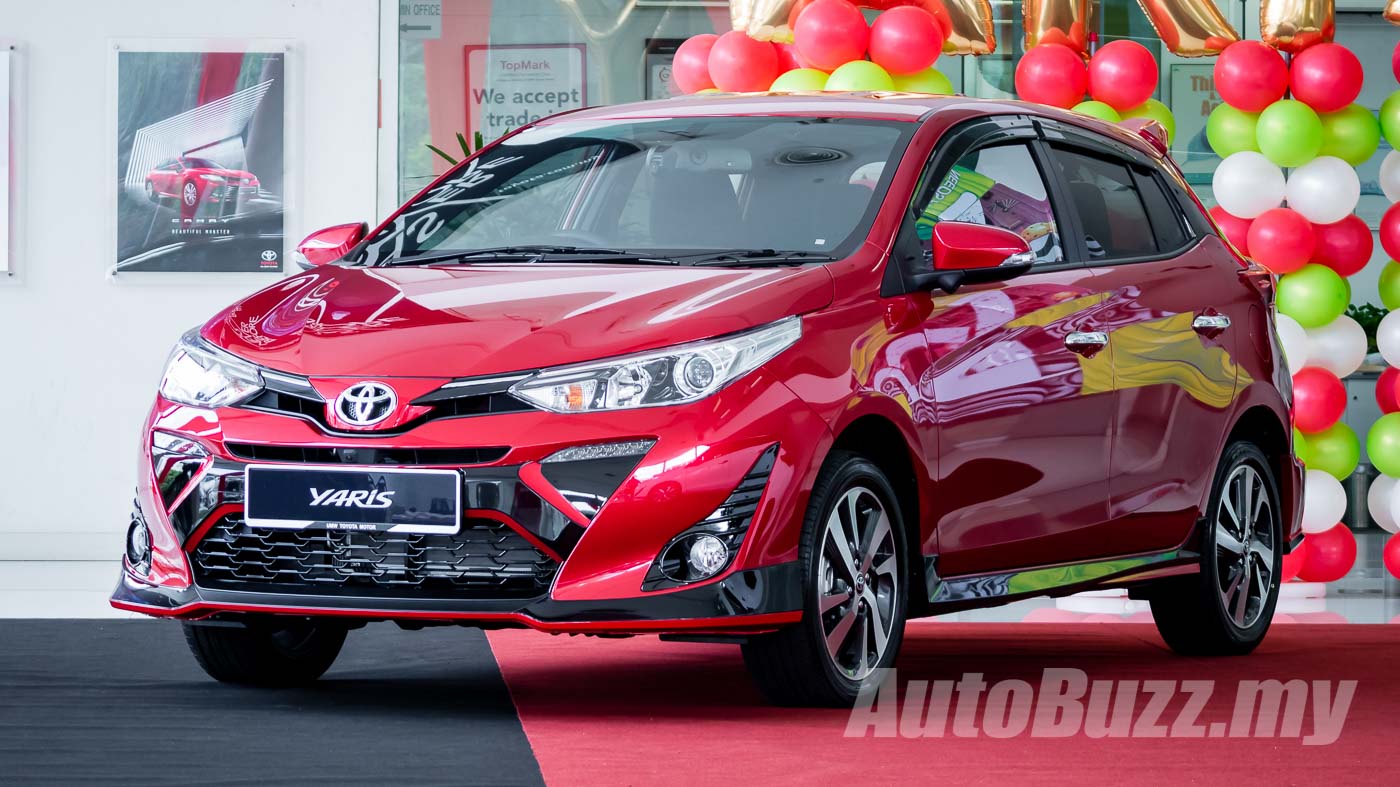UMW Toyota Motor today celebrated their 50-years of local production in Malaysia at its new manufacturing plant in Bukit Raja, Klang, Selangor.
The first made in Malaysia Toyota vehicle, the Toyota Corolla KE10 rolled off the assembly lines of Champion Motor plant in Shah Alam in 1968, two years after the KE10 made its official debut in Japan. Subsequently in 1975, Champion Motor was renamed to Assembly Services Sdn Bhd (ASSB), a wholly owned subsidiary of UMW Toyota Motor Sdn Bhd, and the production facility hit their first milestone of 300k units of Toyota assembled in 1990.

Ten years on, half a million units of Toyota vehicles were proudly assembled in Malaysia and the company hit their 1-million-unit milestone in 2011. Fast forward to 2016, ASSB began construction of their new Bukit Raja plant and rolled off their first vehicle, which is the Toyota Vios facelift on 10 January 2019.
With an initial investment of RM2 billion, the new Bukit Raja plant is one of the most advanced vehicle manufacturing facility in Malaysia with high levels of automation (45% automation), energy efficient, technology-driven and people centric environment.

The new plant features up to 2 mega watt of solar energy production, rainwater recycling, bright and breezy working environment as well as LED and natural lighting with high roof design. With the spirit of Kaizen which translates to continuous improvements, the assembly line has a flexible set up to quickly accommodate newer functions and models in the future.
The new Bukit Raja Plant will be dedicated to the production of passenger vehicles and currently assembles the new Yaris and Vios while the company’s Shah Alam facility will focus on commercial vehicles like the Hilux, Fortuner, Innova and Hiace.
Currently, the Shah Alam plant operates on a single shift and has an annual capacity of 38,000 units. Bukit Raja plant with its high levels of automation and 2 shift operation has a maximum capacity of 50,000 units annually.







